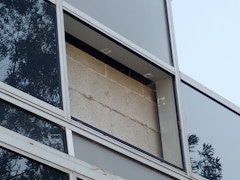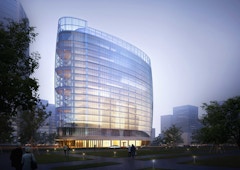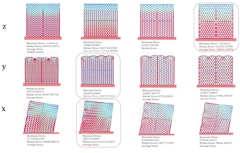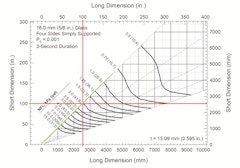
Modern Heritage and Facade Improvements
Approximately 80% of our total building stock is from the 20th century. During the last decades, along with an increasing appreciation of modern

Approximately 80% of our total building stock is from the 20th century. During the last decades, along with an increasing appreciation of modern

Highly transformable materials can be used as adaptive exterior shading systems by leveraging the relationship between external stimuli (heat) and

ASTM E 1300 Standard Practice for Determining Load Resistance (LR) of Glass in Buildings defines the load resistance of a glass construction as being

When it comes to the subject of building enclosure in Australia, one topic has eclipsed all others in recent years: combustible cladding. It has even


Today’s environmental challenges highlight the necessity of a holistic approach to façade design and construction, key to achieve the ambitious 2030



The envelope of the Harbin Bank Building in Beijing has a Multi-Skin Facade where the outer cavity is naturally ventilated. During the design the





This research looks at the relationship of material and geometric distribution to set a methodology for integrating structural and thermal design.

The research is structured around complex optical effects of undulated glass and coatings that exhibit high reflectivity, especially at higher

Envelope-for-Service (E4S) is a novel business model developed with the aim of converting the building façade from a traditionally traded good to a

ASTM published the first version of ASTM E2461-05: Standard Practice for Determining the Thickness of Glass in Airport Traffic Control Tower Cabs in

